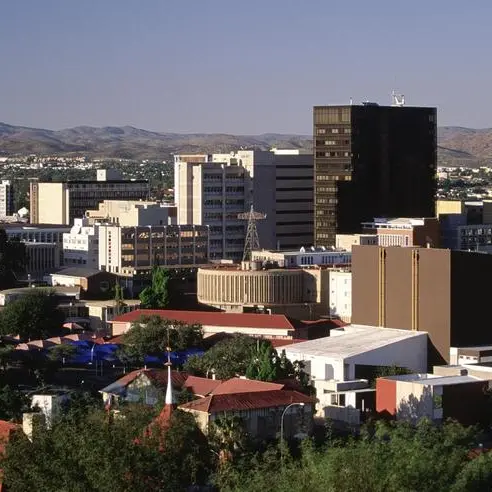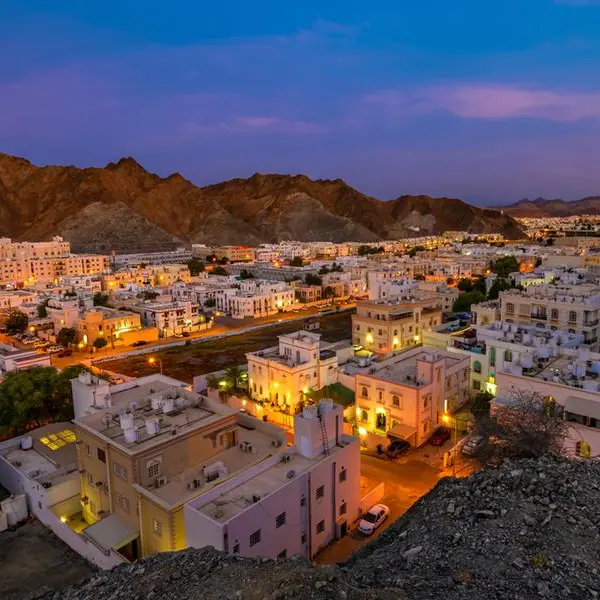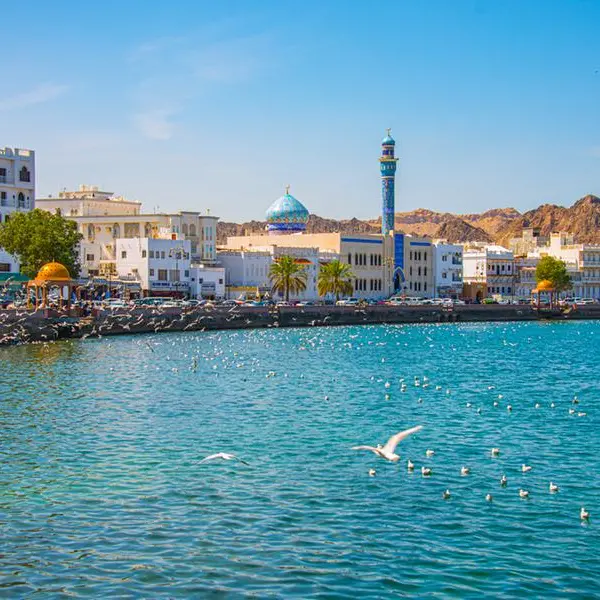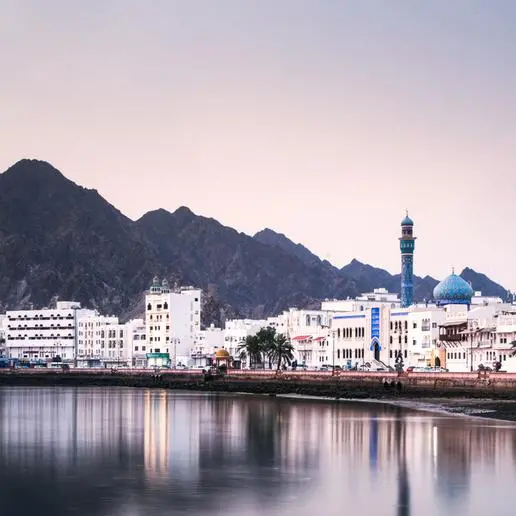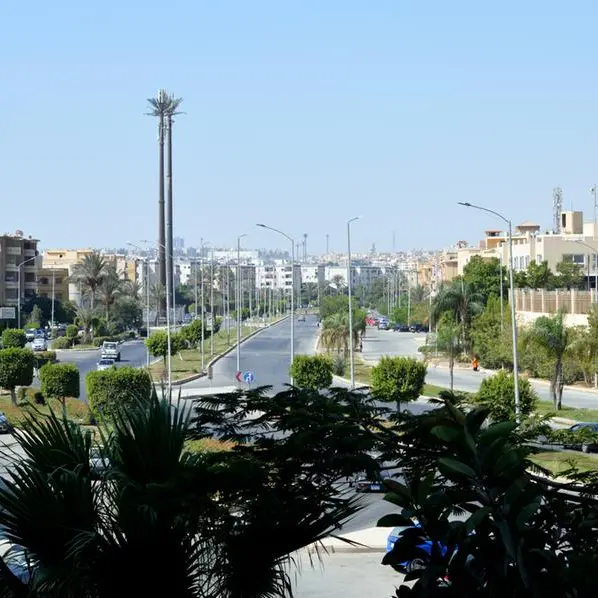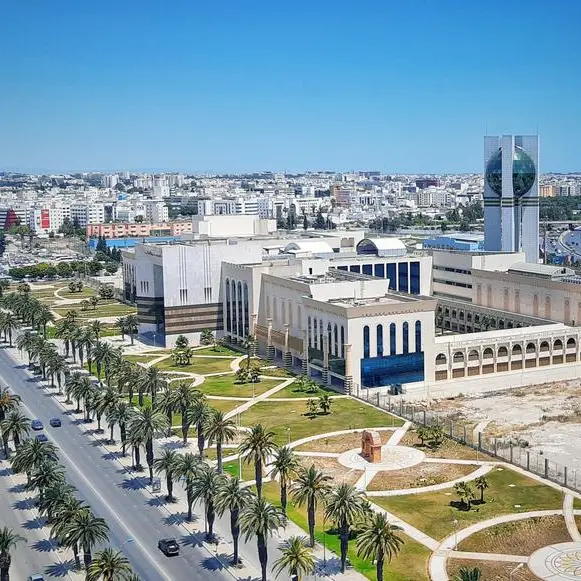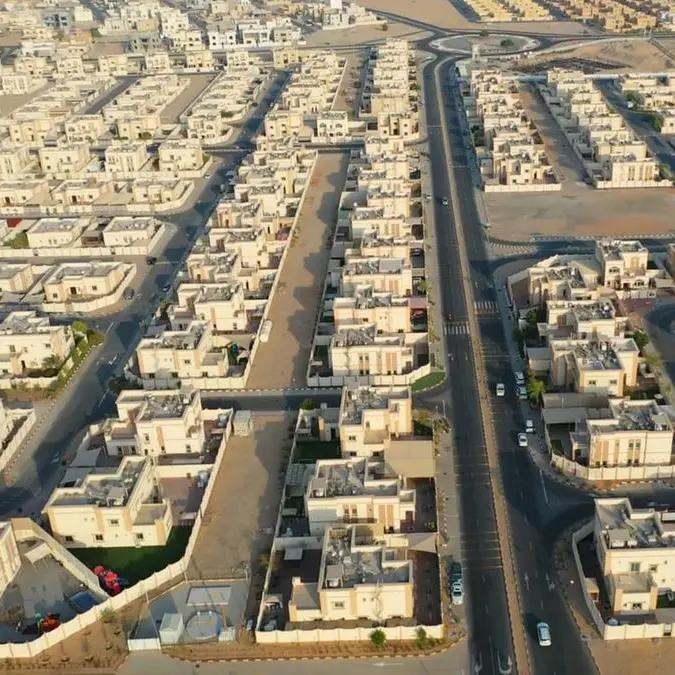Muscat - Oman is on track to being crowned as the world's largest exporter of gypsum by 2018 on the back of surging output that underscores the immense potential of the Sultanate's mining sector to fuel the nation's long-term economic development. Exports are projected to surpass 10 million tonnes per annum in 2018, up from 5.85 million tonnes at the end of 2015 -- a phenomenal increase that industry experts say will position the Sultanate as a global supplier of gypsum in the coming years. Oman's growing prominence as an exporter of gypsum -- a basic raw material for cement and gypsum board manufacturing -- comes against a backdrop of soaring demand from a number of Asian, African and Far Eastern nations.
At the same time, major suppliers, notably Thailand, are faced with limited reserves and are drastically cutting down on exports to feed their own domestic industries. Currently ranked the seventh largest producer in the world, output is projected to jump to around 7 million tonnes by the end of 2016, rising to around 9 million tonnes by 2017 before topping 10 million tonnes a year later. "These export projections are ground-breaking for Oman's mining sector," commented Ramachandran, Director of Oman-based USG Boral Zawawi joint venture, a major producer and exporter of Omani gypsum.
"They're a vindication of the great importance accorded by His Majesty the Sultan to economic diversification aimed at developing non-oil activities. Gypsum exports have the potential to drive GDP growth through non-oil exports, create employment opportunities, enhance revenue growth for the government through royalties, as well as to ports and the future railway network, and fuel economic development in general."
"Export volumes have jumped a phenomenal 20-fold over the past five years, from a mere 0.30 million tonnes in 2010 to 5.85 million tonnes last year. This increase has been driven primarily by galloping demand in India, Japan, Taiwan, Indonesia, Vietnam and Bangladesh. For all the known reasons, Oman has emerged as the single most important source for high grade natural gypsum for cement and gypsum board manufacturers across Asia and South and East Africa," Ramachandran added.
Cement manufacturing accounted for roughly 61 per cent of the 252 million tonnes of gypsum produced globally in 2015, with gypsum board industries consuming 33 per cent of the total. Global gypsum demand is projected to burgeon by an average compound annual growth rate of 10 per cent to reach 870 million tonnes by 2026. Much of the demand is driven by India and the Asean countries.
With gypsum resources estimated in excess of one billion metric tonnes, Oman is well-placed to meet the rising global demand for this commodity. The potential for further domestic value addition of gypsum, notably through the establishment of gypsum board projects is quite limited commercially, it is pointed out, as both Oman and the United Arab Emirates currently boast a sizable surplus manufacturing capacity.
Also boding well for Omani exports are the dynamics driving global gypsum demand and supply over the 2016- 2030 timeframe. India, just across the Arabian Sea from Oman, has a requirement estimated at over 300 million tons of imported gypsum over the next 15 years.
© Oman Daily Observer 2016

